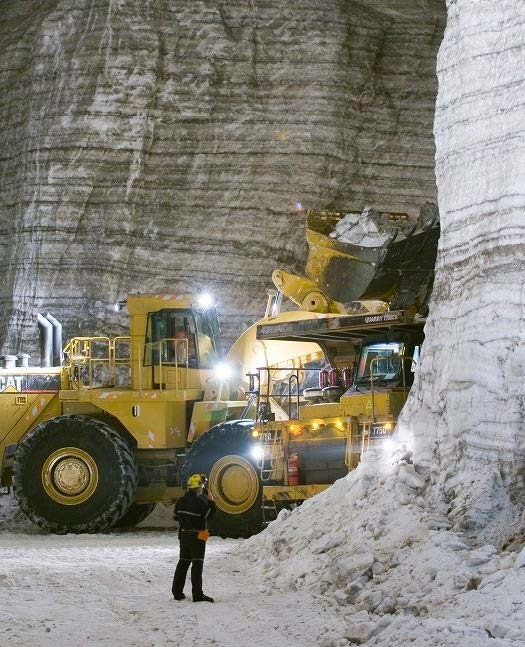
Salt is a naturally occurring essential mineral, readily found in the earth’s subsurface and often as natural saltwater springs at the surface. Rock salt (sodium chloride) is commonly deployed to treat icy, slushy, and snowy roads.
In the U.S., 26 companies operate 64 plants in 16 states. The top producing states are Kansas, Louisiana, Michigan, New York, Ohio, Texas, and Utah. In 2022, these seven states produced roughly 94 percent of the salt in the United States, with highway deicing accounting for approximately 42 percent of total salt consumed.1
The public demands that state and local governments keep vehicular and pedestrian traffic unimpeded during snow and ice storms.2 Local roads, highways, parking areas, and walkways need to be treated to ensure safe and continuous use for commerce, travel, emergency first responders, and other routine transportation needs.
Studies have found that road surface condition is the single biggest safety factor during a winter event and that a 10 percent improvement in the surface friction of a roadway results in a 20 percent reduction in crashes.3 Road salt is a proven and cost-effective solution. Overall, the use of road salt has been shown to reduce collisions and injuries.

Road salt is critical to maintain winter road safety to help prevent winter-related collisions. It is important to apply salt early during a storm when it will be most effective as a melting agent and will prevent ice and hard pack from bonding to the pavement.
Salt is used on roads in two ways: (1) reactively, dry salt or prewet salt is applied to remove snow and ice bonded to transportation surfaces, and (2) proactively, salt is spread prior to the formation of a bond between ice and the roadway, usually by spraying saturated brine on the dry pavement or applying a prewet solid. When sprayed on as a liquid for anti-icing, the brine dries leaving salt in the form of sodium chloride on the pavement. Its presence slows or prevents the development of a bonding between the snow or ice and the pavement as storm conditions potentially worsen.
Calculating the amount of salt used is an important part of a winter deicing program as it is a complex interaction between surface and air temperatures, accumulation of snow or ice and the salt melt rate. Employing a salt usage calculator is an excellent way to determine the recommended product application according to surface and air temperatures. The regular calibration of salt spreading equipment is also critical to ensure the correct amount of salt is applied.
Poor weather is the third most common cause of automobile crashes behind distracted driving and impairment.4 Winter weather congestion affects 70 percent of U.S and Canadian roadways.5 Today, thousands of municipal, state, and provincial transportation agencies rely on salt to assure wintertime mobility and safety.
Studies show that using sensible salting during winter maintenance operations substantially reduces crashes and, more importantly, injuries and fatalities from those crashes. A Marquette University study found an average 87 percent decrease in accident rate for two-lane roads and a 78 percent decrease for freeways.6 The U.S. Federal Highway Administration estimated that 21 percent of crashes are weather related, resulting in about 5,000 fatalities and more than 418,000 injuries.7 Of those weather related crashes, over 1,300 people are killed and more than 16,800 people are injured in vehicle crashes on snowy, slushy, or icy pavement annually.8
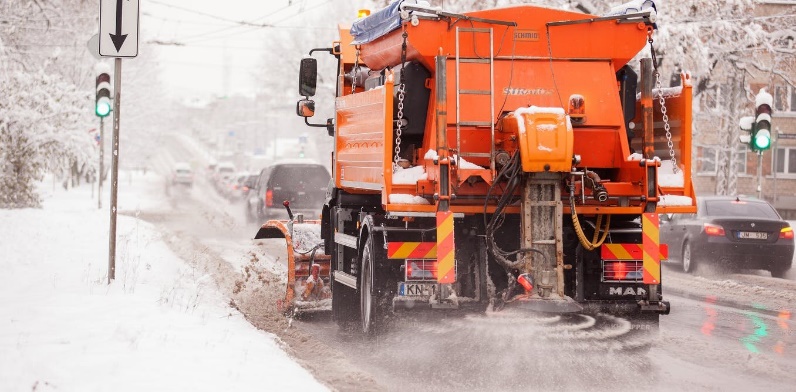
Winter storms not only endanger roadway users, but they can also have a profound economic impact. Highways are vital arteries linking commerce and our society, but only if they are open and safe. The cost of failure is steep. If roads were allowed to become impassable during these winter weather events, the economic impacts would include loss of wages, sales, and tax revenues. The proper use of salt effectively provides improved access and safer driving conditions during and after winter weather events.
In the vast majority of applications, salt is the most costeffective option. Magnesium chloride, calcium chloride and calcium magnesium acetate, hydrochloric acid, and potassium chloride are an important part of winter maintenance, but they typically come at a higher cost.9 According to the U.S. Federal Highway Administration, 544 million vehicle hours of delay are due to wintry road conditions each year.10 Given this exorbitant economic impact, the long-term payoff of adequate snow preparations more than justifies the expense: deicing pays for itself within the first 25 minutes after salt is spread and during the first four hours following salt application.11
“Failure to get snowplows out and salt on the roads during a single day of a winter storm costs almost three times more in lost wages than the total annual costs for snowfighting, according to an economic analysis recently completed by Standard & Poor’s DR.”12 A 2010 study by IHS Global Insight13 for the American Highway Users Alliance found that snowstorms cost states as much as $700 million a day in both direct and indirect costs if roads are impassable. With the steady rise of inflation in recent years, it is probable that number is likely approximately 40 percent higher today.14
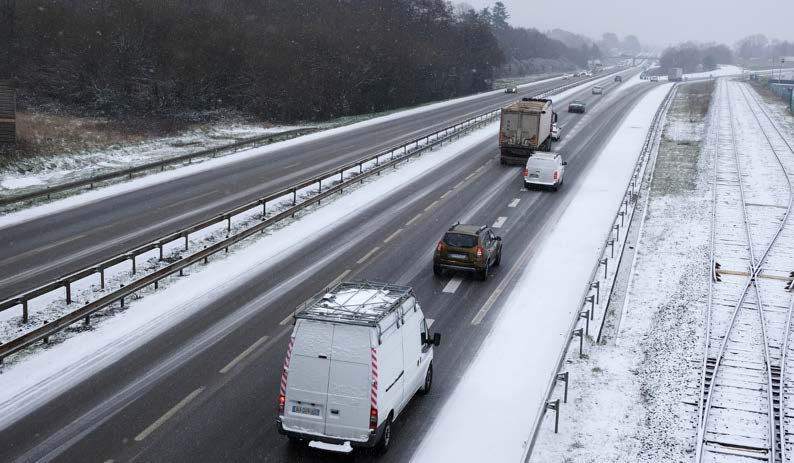
Responsible and sustainable salting and appropriate storage reduce the risk of runoff into lakes, streams, rivers, and groundwater tables. Salt-spreading equipment must be properly calibrated and machine operators adequately trained. Additionally, enclosed open storage areas can mitigate unwanted environmental consequences.
A joint comprehensive study by environmental researchers at the University of Waterloo and Environment Canada examined groundwater monitoring data and found that chloride levels were reduced by half when best practices were employed.15 In another study researchers at the Guelph University found that snowmelt runoff from major storm water outfalls could be collected and recycled to reduce chloride peaks in the streams without adversely affecting road safety.16 Backed by a grant from the National Science Foundation, scientists at Wichita State and Iowa State Universities are currently working on a program to recycle salt found in urban wastewater into an environmentally friendly deicing product.17
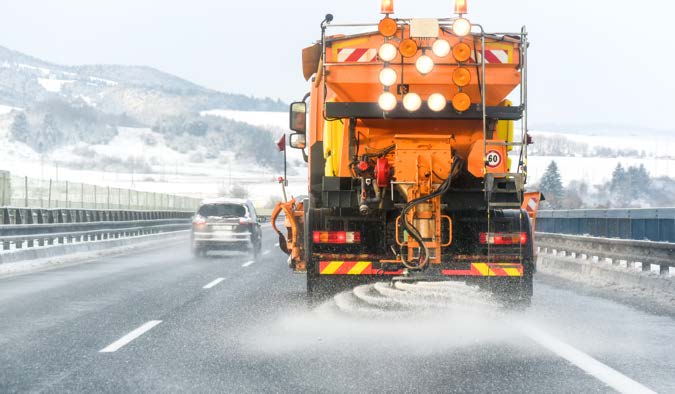
Additionally, the Kansas Department of Transportation has implemented winter maintenance techniques that have resulted in reduced salt usage. These techniques include calibration of salt trucks to ensure they spread just the right amount of salt and spraying brine before winter storms.18
Responsibly applying the optimal amount of salt to roadways, parking lots, and sidewalks is the best way to reduce chloride salts from impacting the environment while not compromising safety. To support this goal, the U.S. Environmental Protection Agency is exploring other approaches to manage salinity levels in waterways, such as using porous pavement that lets water seep through, thereby reducing ice formation.
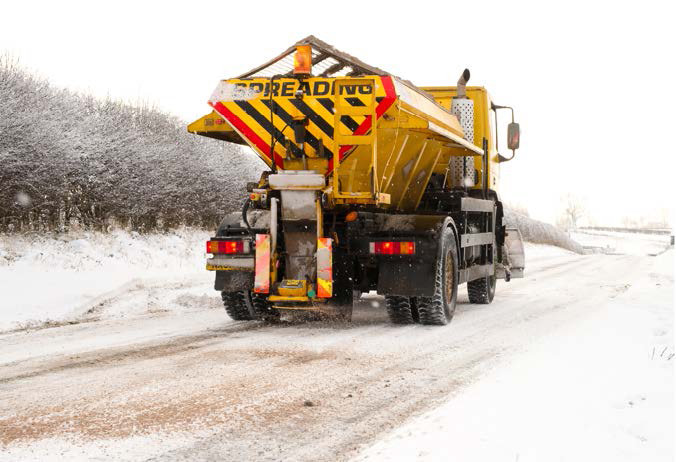
Snow and ice cannot be prevented, but much of the calamity these storms cause can be mitigated. Winter storms may be unpredictable and hazardous, but investments in professional snow fighting can keep snow- and ice-storms from paralyzing local economies, keeping children home from school and preventing emergency vehicles from making their lifesaving trips. Good winter maintenance keeps the roads open and saves lives. Salt continues to prove itself as a cost-effective material that helps keep roads safe for drivers and passengers and open to commerce.
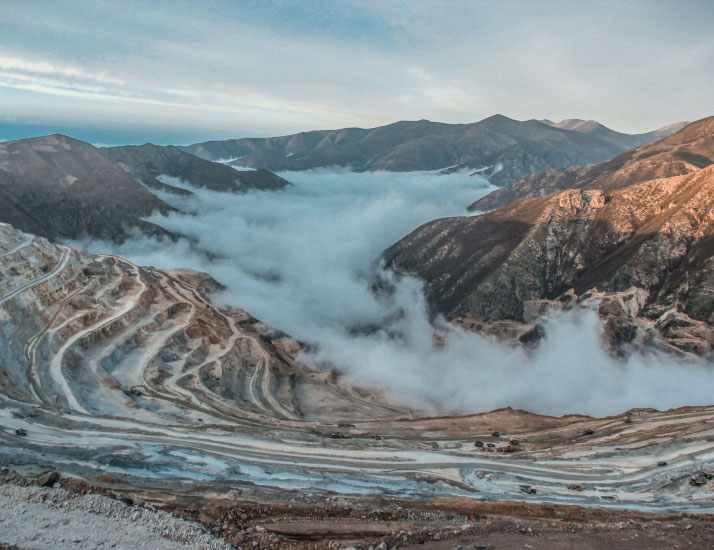
SALT, U.S. Geological Survey, Mineral Commodity Summaries, January 2023, Salt Statistics, https://pubs.usgs.gov/periodicals/mcs2023/mcs2023-salt.pdf
Road Salt: A Primer on the Factors Affecting Supply and Demand, American Highway Users Alliance, 2018. https://www.highways.org/wp-content/uploads/2018/12/road-salt-primer-2018.pdf
L. Fu and T. Usman, Safety Impacts of Using Deicing Salt, Department of Civil & Environmental Engineering, University of Waterloo, National Highway Users Alliance, 2021, https://www.highways.org/wpcontent/uploads/2014/01/Deicing-Salt-Study-FINAL.pdf
Traffic Safety Facts: A Compilation of Motor Vehicle Crash Data, the National Highway Traffic Safety Administration (NHTSA), 2019.
U.S. Department of Transportation, Federal Highway Administration, Road Weather Management Program, Office of Operations, last modified February 1, 2023, https://ops.fhwa.dot.gov/weather/weather_events/snow_ice.htm
David Kuemmel and Rashad Hanbali, Accident Analysis of Ice Control Operations, published in Transportation Research Center: Accident Analysis of Ice Control Operations, Marquette University, 1992.
Federal Highway Administration [FHWA] (2023). How Do Weather Events Impact Roads? Available online at http://ops.fhwa.dot.gov/weather/q1_roadimpact.htm, last modified January 1, 2023.
U.S. Department of Transportation, Federal Highway Administration, Road Weather Management Program, Office of Operations, Snow and Ice, last modified February 1, 2023, https://ops.fhwa.dot.gov/weather/weather_events/snow_ice.htm
U.S. Geological Survey, Mineral Commodity Summaries, January 2023, Salt Statistics, https://pubs.usgs.gov/periodicals/mcs2023/mcs2023-salt.pdf
U.S. Department of Transportation, Federal Highway Administration, Road Weather Management Program, Office of Operations, How Do Weather Events Impact Roads? last modified February 1, 2023, https://ops.fhwa.dot.gov/weather/q1_roadimpact.htm
David Kuemmel and Rashad Hanbali, Accident Analysis of Ice Control Operations, published in Transportation Research Center: Accident Analysis of Ice Control Operations, Marquette University, 1992.
Billions at Risk During Snow Emergencies, Roads and Bridges, Vol 37, Issue No. 3, pp. 24-25, 1985 Scranton Gillette Communications, ISSN: 8750-9229
The Economic Costs of Disruption from a Snowstorm, IHS Global Insight, American Highway Users Alliance, 2010
CPI Inflation Calculator https://www.in2013dollars.com/us/inflation/2010?amount=1
M. Stone, M.B Emelko, J. Marsalek, J.S. Price, D.L. Rudolph, H. Saini, S.L Tighe, Assessing the Efficacy of Current Road Salt Management Programs, University of Waterloo, July 26, 2010.
Highway Stormwater Runoff Quality: Investigation of Improved Operational, Predictive and Treatment Approaches by William Robert Trenouth, A Thesis presented to The University of Guelph in partial fulfillment of requirements for the degree of Doctor of Philosophy in Engineering Guelph, Ontario, Canada, April, 2017.
Celia llopis-Jepsen, Scientists in Kansas and Iowa are working on a greener path forward. In the meantime, experts offer tips for public agencies and homeowners to use salt smarter, NPR, January 25, 2023 https://www.kcur.org/news/2023-01-25/salt-makes-icy-roads-less-dicey-but-it-poisons-the-land-heres-what-kansasis- doing-about-it
Ibid